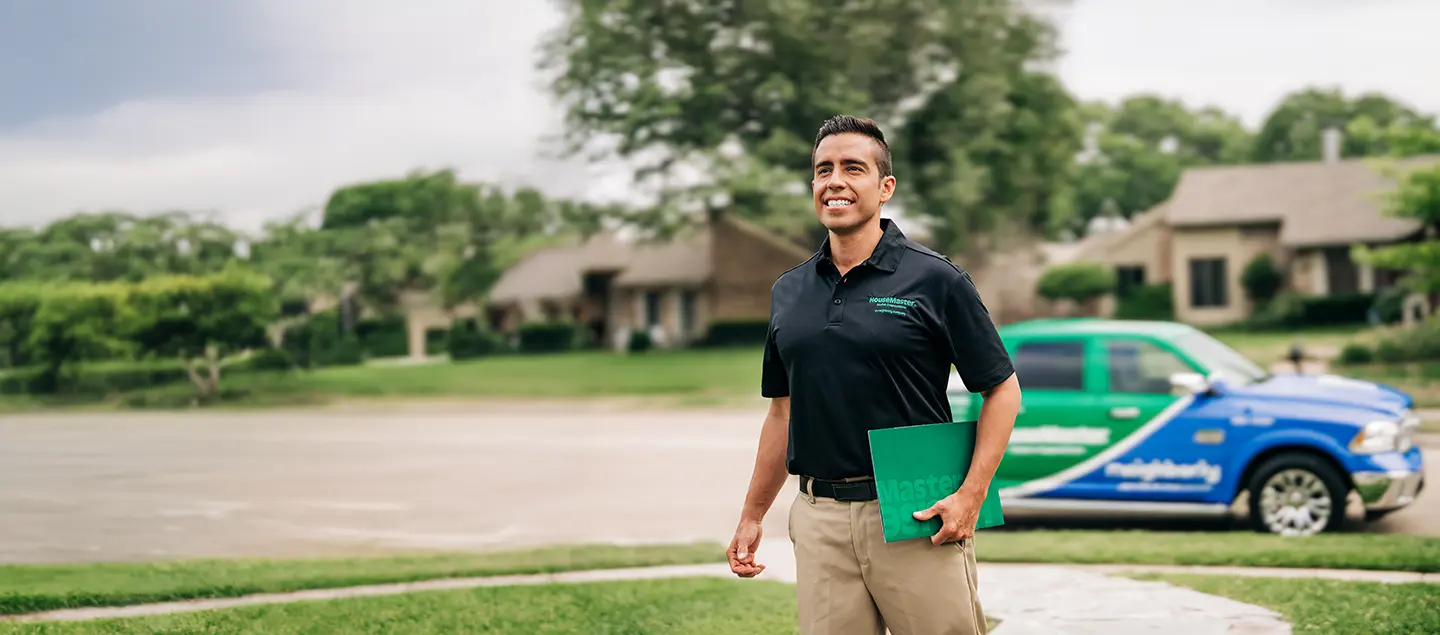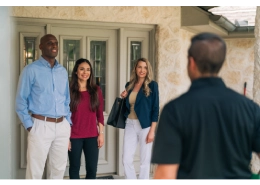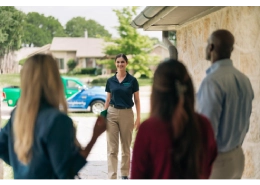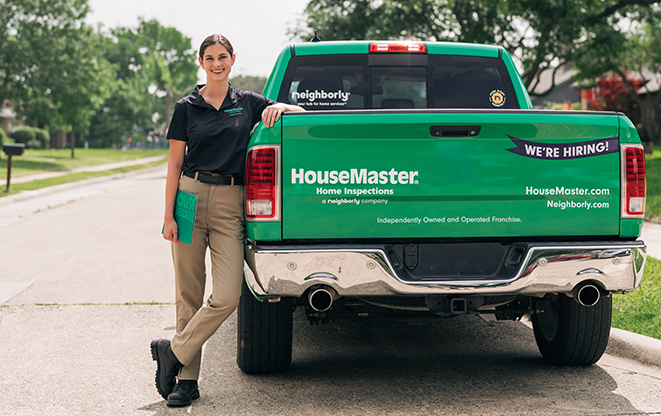HouseMaster® has helped buyers, sellers, and current owners make informed decisions about properties for nearly 45 years. We strive to bring experience and a personal connection to our property inspections.
To get started, book an inspection or call us to speak with a HouseMaster team member today.





















